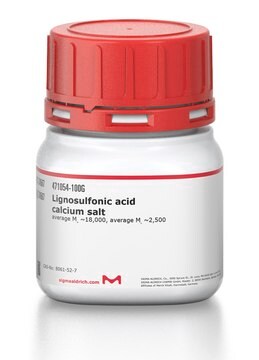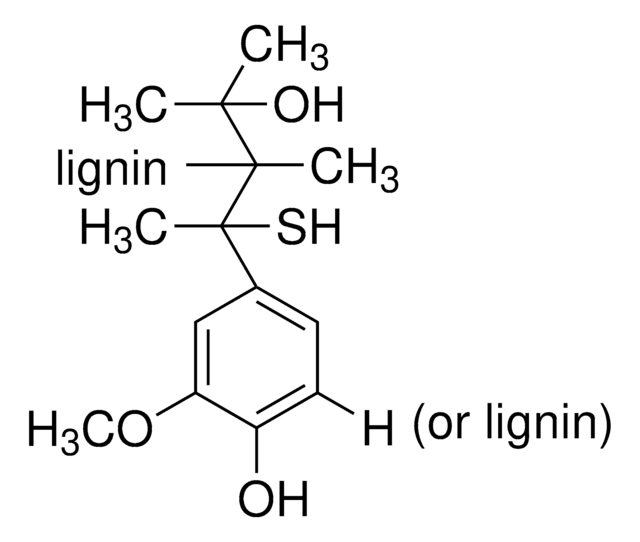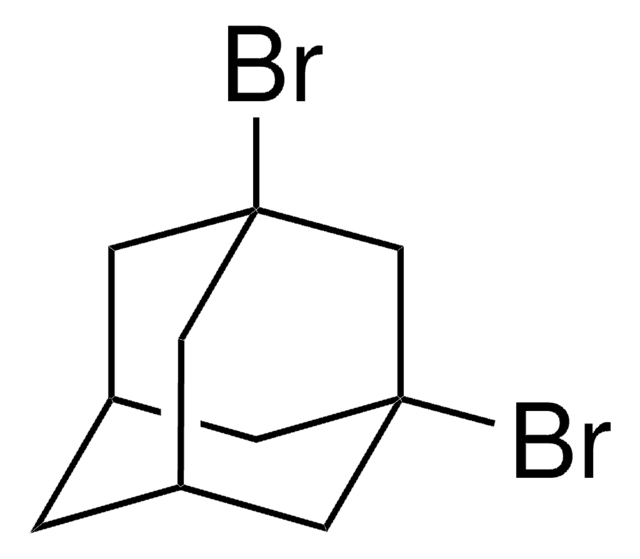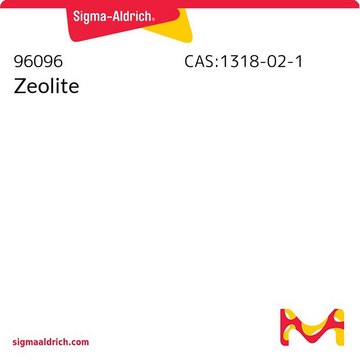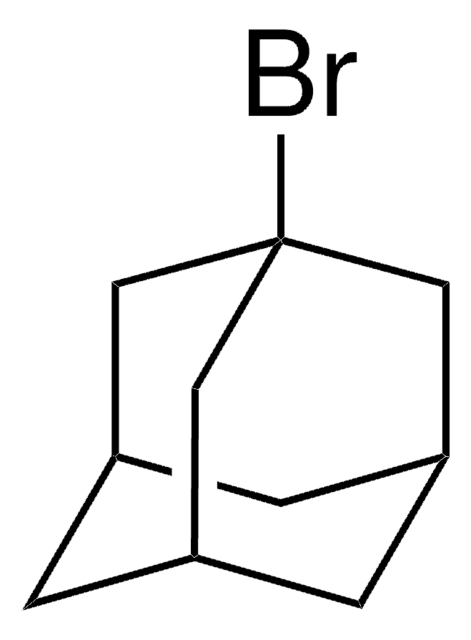471038
Lignosulfonic acid sodium salt
average Mw ~52,000, average Mn ~7,000
Sinónimos:
Sodium ligninsulfonate
About This Item
Productos recomendados
Formulario
solid
Nivel de calidad
mol peso
average Mn ~7,000
average Mw ~52,000
composición
Na, 8 wt. %
impurezas
4 wt. % reducing sugars
6 wt. %
solubilidad
H2O: soluble
cadena SMILES
[Na+].[Na+].[S](=O)(=O)([O-])CCCc1cc(c(cc1)OC(C[S](=O)(=O)O)Cc2c(c(ccc2)OC)[O-])OC
InChI
1S/C20H26O10S2.2Na/c1-28-18-7-3-6-15(20(18)21)12-16(13-32(25,26)27)30-17-9-8-14(11-19(17)29-2)5-4-10-31(22,23)24;;/h3,6-9,11,16,21H,4-5,10,12-13H2,1-2H3,(H,22,23,24)(H,25,26,27);;/q;2*+1/p-2
Clave InChI
YDEXUEFDPVHGHE-UHFFFAOYSA-L
¿Está buscando productos similares? Visita Guía de comparación de productos
Categorías relacionadas
Aplicación
Características y beneficios
Código de clase de almacenamiento
11 - Combustible Solids
Clase de riesgo para el agua (WGK)
WGK 1
Punto de inflamabilidad (°F)
Not applicable
Punto de inflamabilidad (°C)
Not applicable
Equipo de protección personal
Eyeshields, Gloves, type N95 (US)
Elija entre una de las versiones más recientes:
¿Ya tiene este producto?
Encuentre la documentación para los productos que ha comprado recientemente en la Biblioteca de documentos.
Nuestro equipo de científicos tiene experiencia en todas las áreas de investigación: Ciencias de la vida, Ciencia de los materiales, Síntesis química, Cromatografía, Analítica y muchas otras.
Póngase en contacto con el Servicio técnico